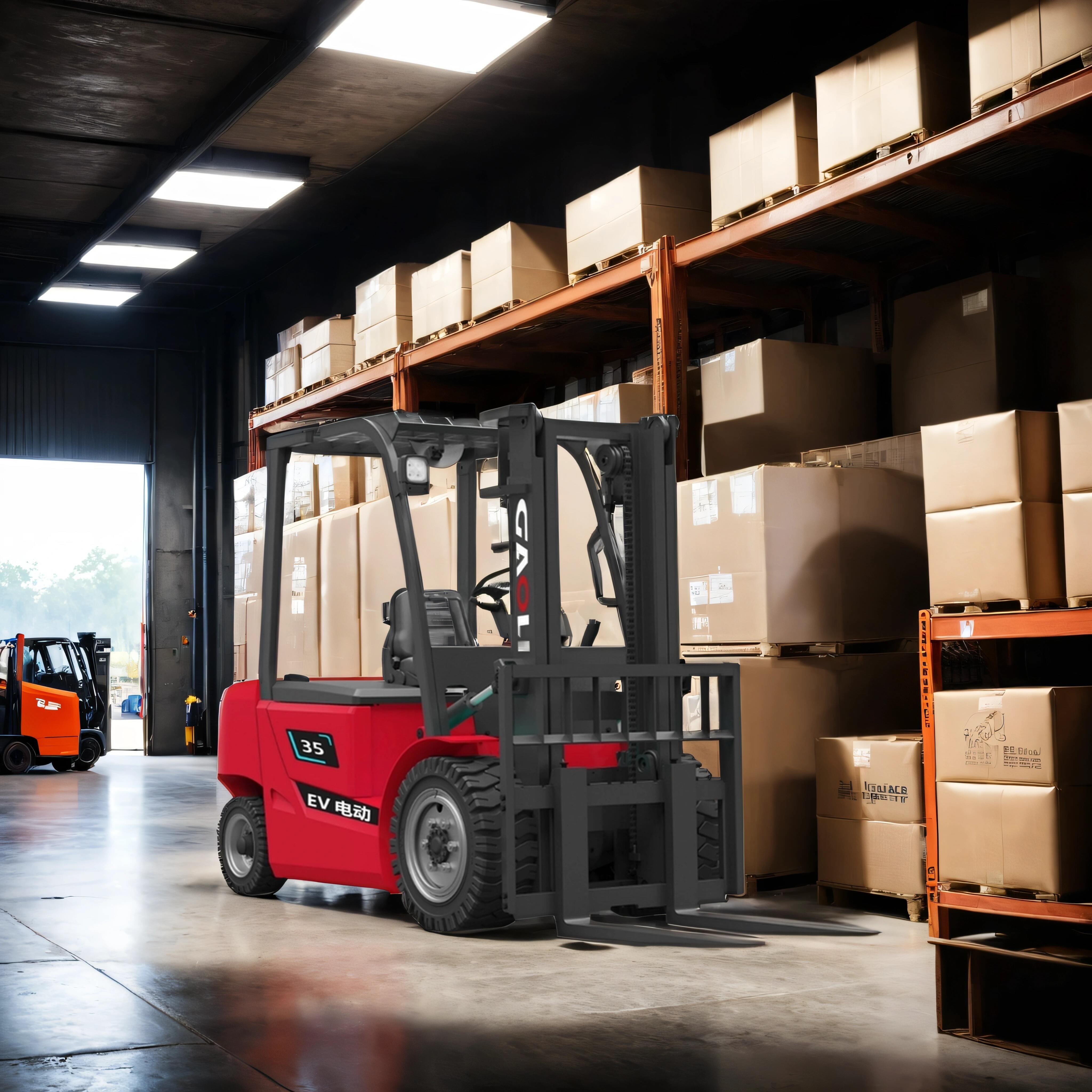Introduction
Heavy duty lift trucks are the work horse of industries around the world and the proverbial muscle that helps move goods consistency for warehouses or distribution centres, construction sites as well as manufacturing plants. They are powerful units which can lift heavy loads precisely and operate in confined areas; it is an essential part of any operation that involves the movement of materials. In this article, we have collated some of the key things to consider when choosing a heavy duty lift truck that may be suitable for your operations.
Meet the Heavy Duty Lift Trucks
There are many kinds of forklifts (or lift trucks, as in industrial vehicles) to undertake different material handling applications. They can be categorized according to their lifting capacity, height and type of power supply. Some of the basic components consist of a mast that can lift something, and a driving system which moves the truck. You should know these parts and what they do in order to choose the correct lift truck for the job.
Capacity and Load Handling
Capacity is one of the most important factors to take into account when selecting a heavy duty lift truck. You should have a good idea of how heavy and large your average loads are so that you can go for a truck with the appropriate capacity. Forklifts can be rated on different capacity forks, it is also a very clear point to compare lifting power with its external size, this category easily lifts fifties tons or much loads. Pay special attention to attachments and accessories for these types of loads like congregate drums and pallet.
Manageability & Accessibility
Maneuverability — This is necessary for operations where you need to get around in tight places. The way the lift truck can operate in narrow aisles and within tight spaces depends on its turning radius and wheel base. Different types of industrial environments, outdoor and indoor heavy duty lift truck are readily available depending on their usage.
Power Source Options
Power sources for heavy-duty lift trucks range from internal combustion to electric drive. A hybrid electric vehicle (HEV) is powered by an internal combustion engines that can obtain power and torque for heavy lifting on-ground due to the such efficient combustion built into the ICE while use of an electric drive system gives emission-free local operation with reduced operating cost under certain driving conditions, mostly in case of plug-in hybrid electric vehicles. Tied into this is the fuel economy and emissions perfect for working in tighter environmental zones.
Safety—Features & Regulations
Naturally, when it comes to heavy machinery safety is first and foremost; this is common knowledge. C All heavy-duty lift trucks are subject to OSHA & ANSI safety standards in force when certified. Fundamentals of operator protection include roll cages, overhead guards, emergency stop buttons and warning lights. Compliance With Industry Regulations And Guidelines To operate safely, it must comply with industry regulations and guidelines.
Operator comfort ergonomics
Good design is ergonomic, ensuring that the operators are comfortable to be able to make full use of productivity Built like a brick house, sure but the cabs of these beasts give you padded seating, reach controls adjustable according to your need and spread out enough so that slack paced nothing while it will do for long usage( which the low cost whooper needs high performance time) The ease at which you control it makes for efficiency a trait built in there as well.
Maintenance and Reliability
Semi-truck trailer maintenance are needed on you other heavy duty lift truck can have smooth and steady running over the years. If well maintained, you will avoid break downs which halt production Then again, if fast maintanace or repairs are to be sought then an ounce of support by the makers and service suppliers is one that is not to be disregarded.
Cost Effectiveness Analysis
Caveat Emptor: the light duty lift truck has an extremely narrow band of purchase price, and operating costs. TCO considers acquisition expenses, parts, and maintenance expenditures. Assist companies in evaluating how those material handling equipment requirements compare for both return on investment (ROI) and life cycle costs.
Economic Viability And Environmental Impact
Demand for eco-friendly heavy duty lift trucks is being driven by factors like energy efficiency and reduced carbon footprint. Lift trucks' environmental impact is also due to alternatives for end-of-life disposal and recycling. For example, a fuel-efficient lift truck supports sustainability initiatives.
Forward-looking trends and technologies
Heavy Duty Lift Trucks technology innovation is defaulting to automation and performing robotics that will not only improve efficiency but safety. Real-time data coming from the lift truck and its connectivity allows for a more comprehensive understanding of activity taking place within a facility when connected through Warehouse Management Systems (WMS) or smart lift trucks connected via Internet of Things (IoT).
Examples in Practice
Success stories from other industries have documented the effect heavy duty lift trucks can have on operational efficiency and productivity. These headaches, ranging from matching the right truck to specific applications or operational woes such as fuel prices and labor shortages have a trickle down effect that helps businesses.
Conclusion
If you are looking for an ideal material handling, then choosing the right heavy duty lift truck to meet your needs is everything. By weighing capacity, maneuverability, power source options, safety features and devices-positive or negative maintenance unit cost environmental aspects; economic and ecological sustainability trends you should find that correct action will help fasten operation.
Table of Contents
- Introduction
- Meet the Heavy Duty Lift Trucks
- Capacity and Load Handling
- Manageability & Accessibility
- Power Source Options
- Safety—Features & Regulations
- Operator comfort ergonomics
- Maintenance and Reliability
- Cost Effectiveness Analysis
- Economic Viability And Environmental Impact
- Forward-looking trends and technologies
- Examples in Practice
- Conclusion


